How Catchpole & Rye take bathroom inspiration from classic Victorian plumbing
To create strikingly beautiful designs, Tony O’Donnell, founder of Catchpole & Rye, seeks inspiration in the past.
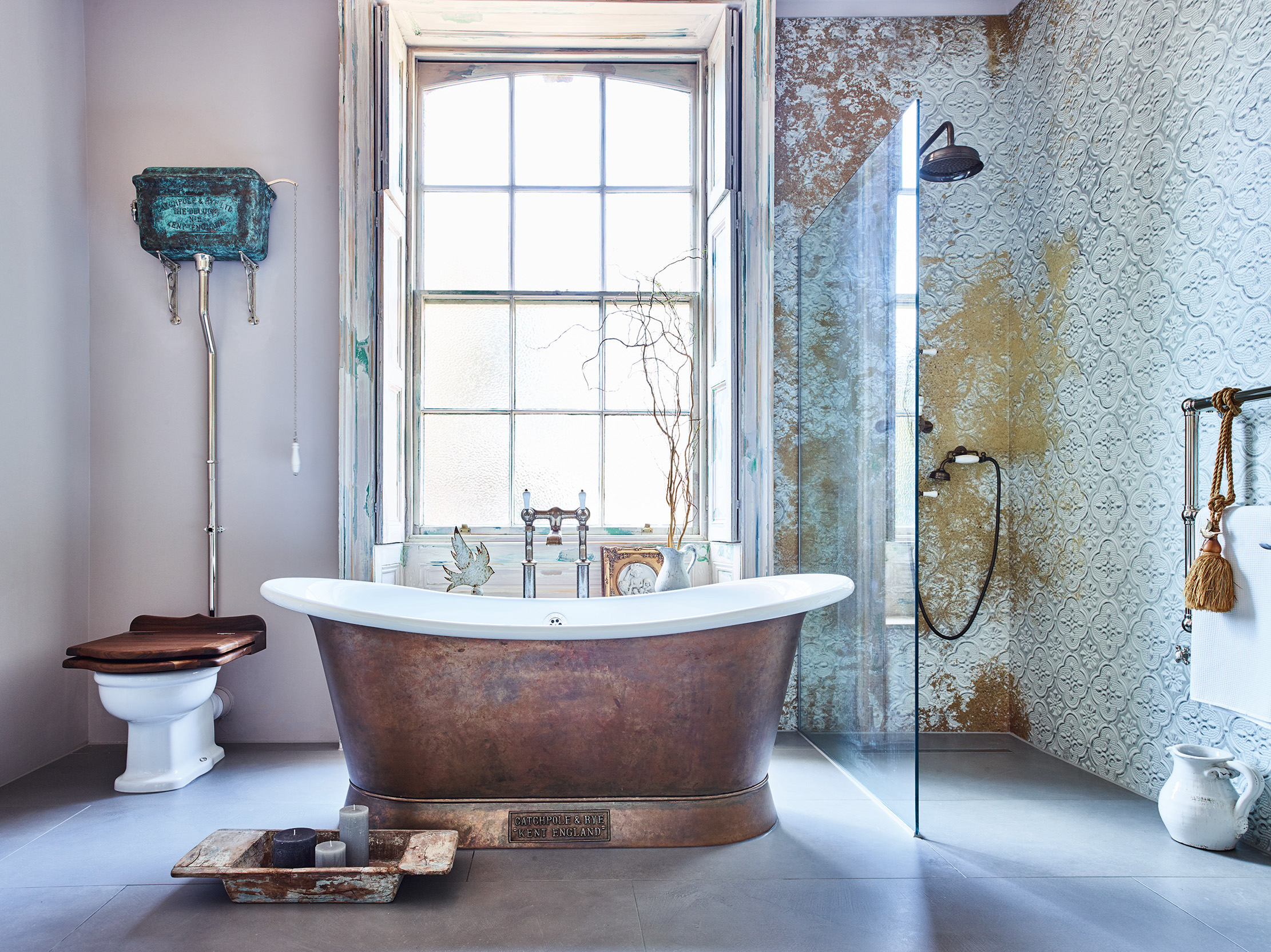
When Tony O’Donnell and his wife bought a house on the Kentish coast 30 years ago, Mr O’Donnell was surprised by how difficult it was to find someone to restore its Victorian baths. His decision to do the work himself was the beginning of an exciting journey that led to him founding Catchpole & Rye, a business that now enjoys a global reputation. Over the years, Mr O’Donnell has gained an encyclopaedic knowledge of traditional sanitaryware, which informs designs that combine classic good looks and peerless quality.
Based in a former dairy in Kent, with showrooms in Chelsea and Tunbridge Wells, Catchpole & Rye manufactures baths, washstands, showers, lavatories and cisterns that have redefined the luxury end of the bathroom market. The company’s designs have been used in restoration projects all over Britain and are exported as far away as the US and Australia.
What have you learnt from the past?
As well as restoring old baths, I have amassed a large collection of antiques that informs our own designs — some of the pieces are on display at our premises in Kent. For me, the experience has taught me that it’s important to be inspired by the past, rather than to copy it slavishly. That way, you can improve designs that are relevant to the modern day.
The 19th century was a crucible of engineering innovation and much of the expertise of that period has sadly been lost. It’s only by gaining a deep understanding of Victorian plumbing that you can really create high-quality, beautifully engineered bathrooms. Compared with 21st-century technology, it might seem simple, but, in reality, achieving perfection is anything but!
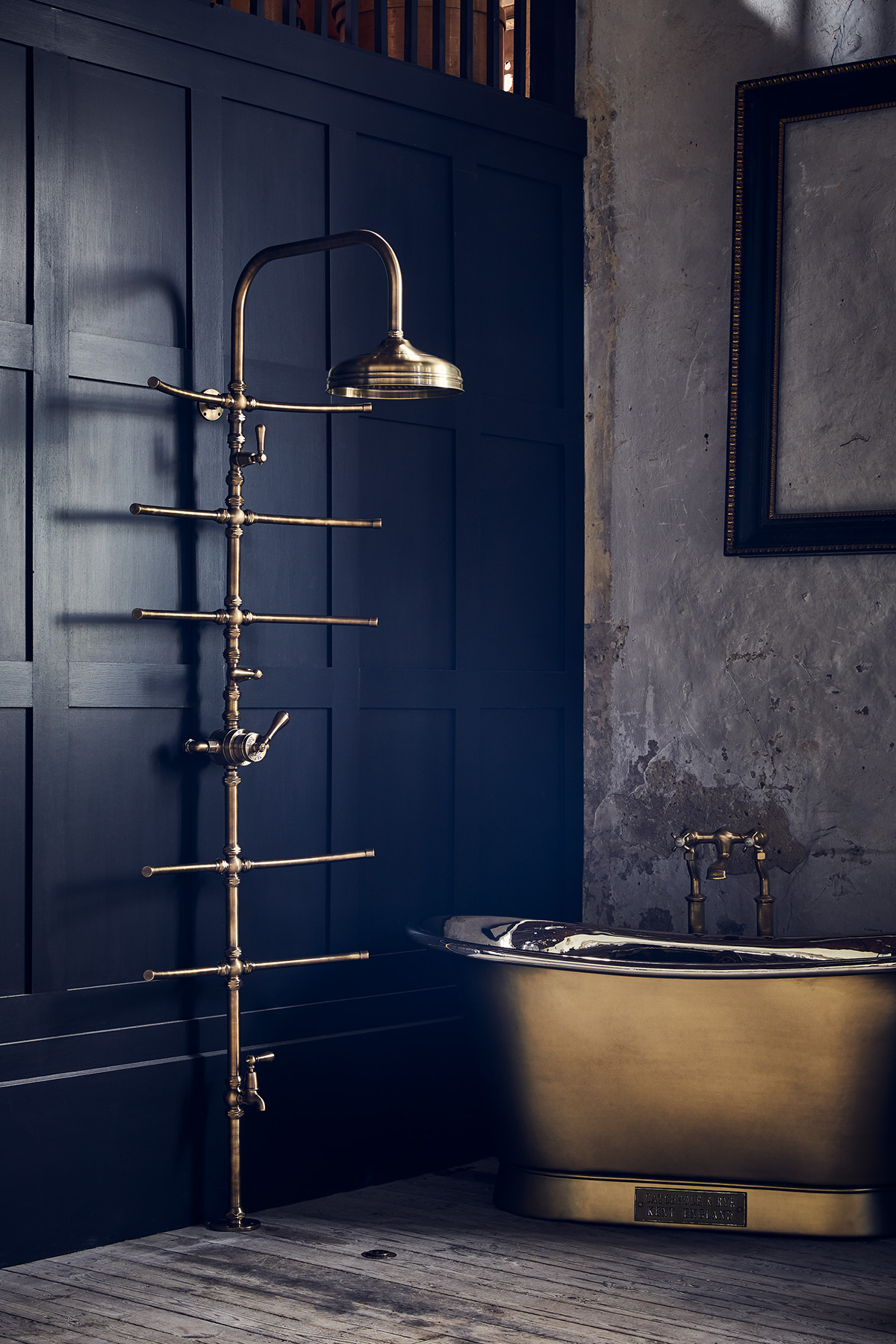
Who do you regard as the heroes of Victorian plumbing?
One was George Jennings, the engineer whose flush lavatories at the Great Exhibition in 1851 kick-started the Victorian plumbing revolution (and precipitated the phrase 'spend a penny’).
The other is John Bolding, who founded the legendary John Bolding & Sons Grosvenor Works on Davies Street in Mayfair in 1891, where it remained until the 1960s (it is now Grays Antique Market and the building still bears the company’s name). Not only was he a brilliant designer and engineer, but also a natural entrepreneur. His building included workshops and a showroom, as well as a dispatch department.
I get huge inspiration from Bolding’s extensive sales catalogues, which are bound in cloth and beautifully embossed.
What are the benefits of working in Britain?
Making components ourselves allows us to benefit from the huge knowledge that we have accumulated over the past three decades. It has also enabled us to create an enormously deep skills base; some of our team members have been honing their craft for several decades and they are able to pass their experience and knowledge onto the next generation.
Those things we don’t make ourselves are produced locally, where possible, and we have developed highly collaborative relationships with manufacturers in the past two decades. That said, our aim is to bring as much of our production as possible under our own roof. The other great benefit of that it provides bespoke capability.
What are the possibilities of offering a bespoke service?
They are almost infinite. We can create highly distinctive designs in colours and finishes that are specified by the customer. There’s also a growing demand for personalised castings on baths and cisterns that bear the name of the house. It’s a unique option that creates a real sense of place.
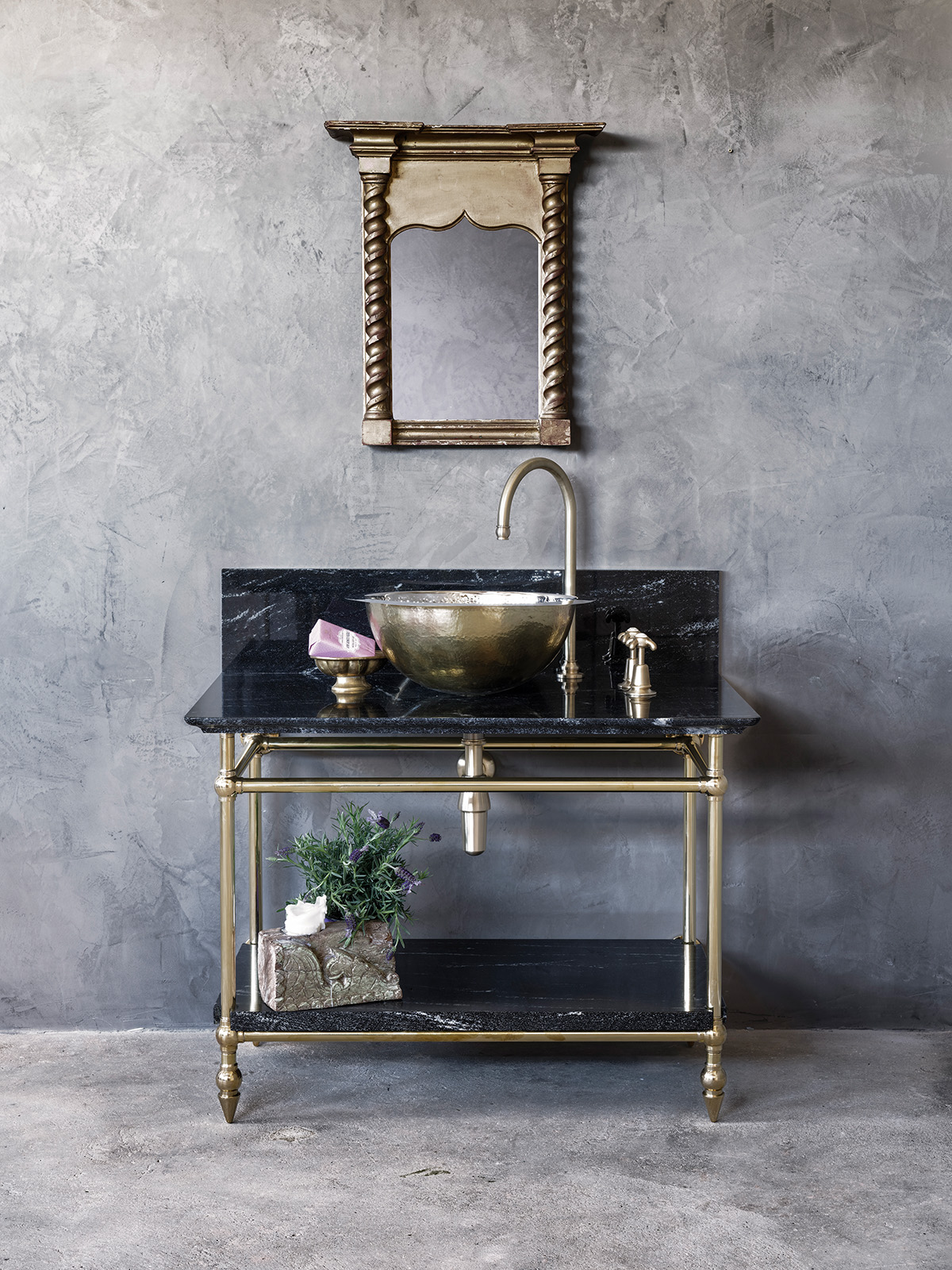
What is your approach to sustainability?
It influences everything we do. Manufacturing our products here in Britain doesn’t only benefit Catchpole & Rye and the local community, but also reduces our carbon footprint. In addition, it allows us to recycle precious materials, particularly brass.
Other projects, such as the restoration of redundant machines, all contribute to the cause. The fact that you’ll only need to buy one of our baths is also a huge benefit to the environment!
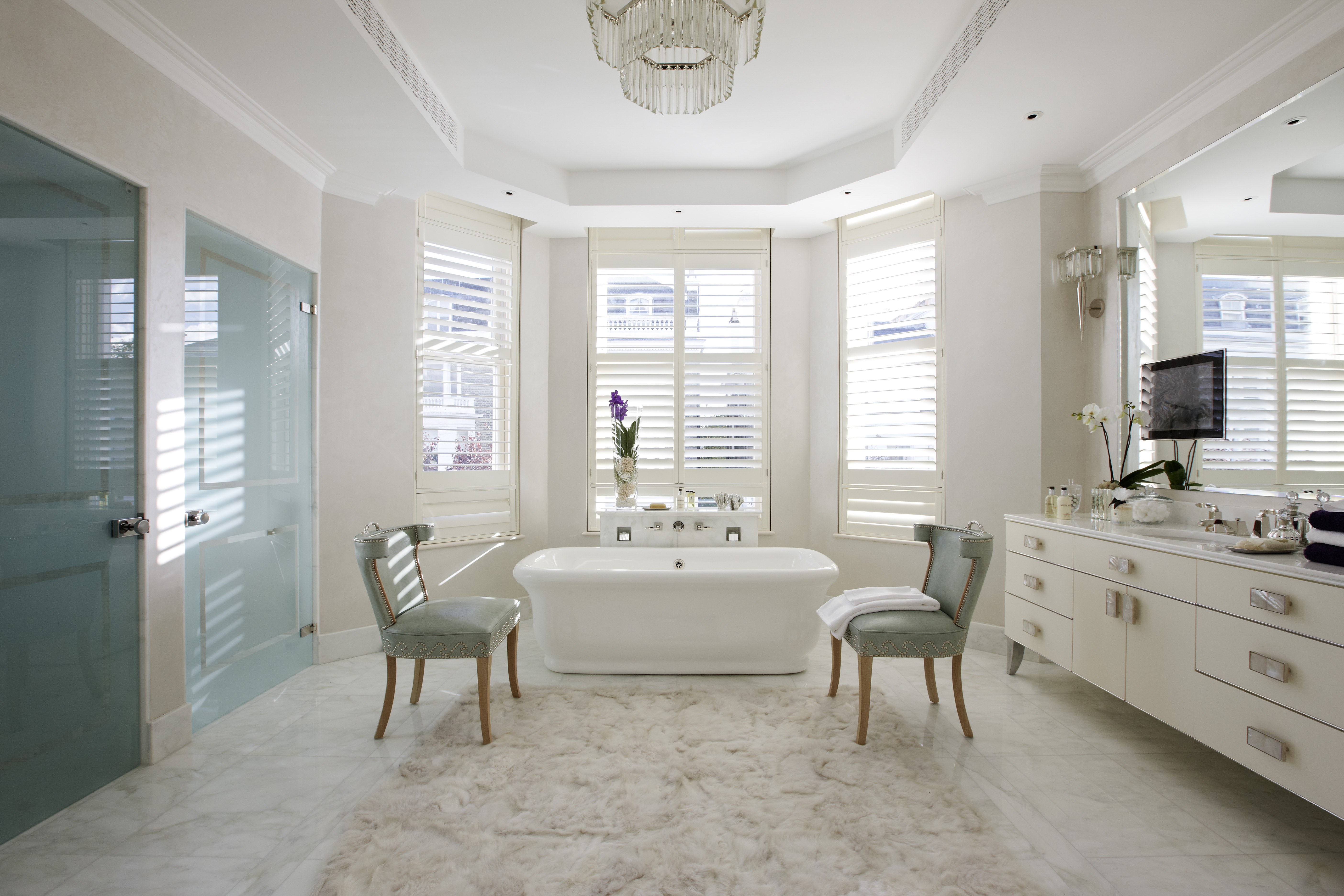
Credit: Joanna Wood
Beautiful bathrooms: How to design your lighting, draw the eye and make the most of your space
Bathrooms are typically the smallest room in the house - interior designer Joanna Wood shares her top tips and tricks
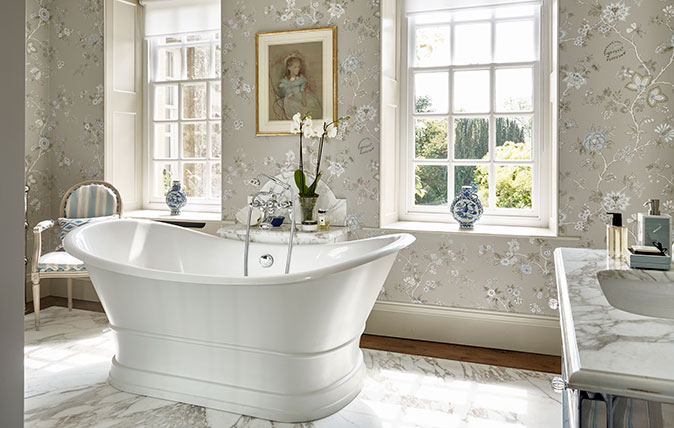
11 steps to creating a perfect bathroom for your house
When the interior designer Joanna Wood moved to an 18th-century manor house in the Cotswolds, she had an opportunity to
Sign up for the Country Life Newsletter
Exquisite houses, the beauty of Nature, and how to get the most from your life, straight to your inbox.
-
 'Monolithic, multi-layered and quite, quite magnificent. This was love at first bite': Tom Parker Bowles on his lifelong love affair with lasagne
'Monolithic, multi-layered and quite, quite magnificent. This was love at first bite': Tom Parker Bowles on his lifelong love affair with lasagneAn upwardly mobile spaghetti Bolognese, lasagne al forno, with oozing béchamel and layered meaty magnificence, is a bona fide comfort classic, declares Tom Parker Bowles.
By Tom Parker Bowles
-
 Country houses, cream teas and Baywatch: Country Life Quiz of the Day, April 24, 2025
Country houses, cream teas and Baywatch: Country Life Quiz of the Day, April 24, 2025Thursday's Quiz of the Day asks exactly how popular Baywatch became.
By Toby Keel
-
 Jewels of the Mediterranean: Luxury multi-generational villa holidays
Jewels of the Mediterranean: Luxury multi-generational villa holidaysThe Thinking Traveller have some of the finest villas in the Mediterranean on their books for multi-generational holidays. Here are just a few of the highlights.
By The Thinking Traveller
-
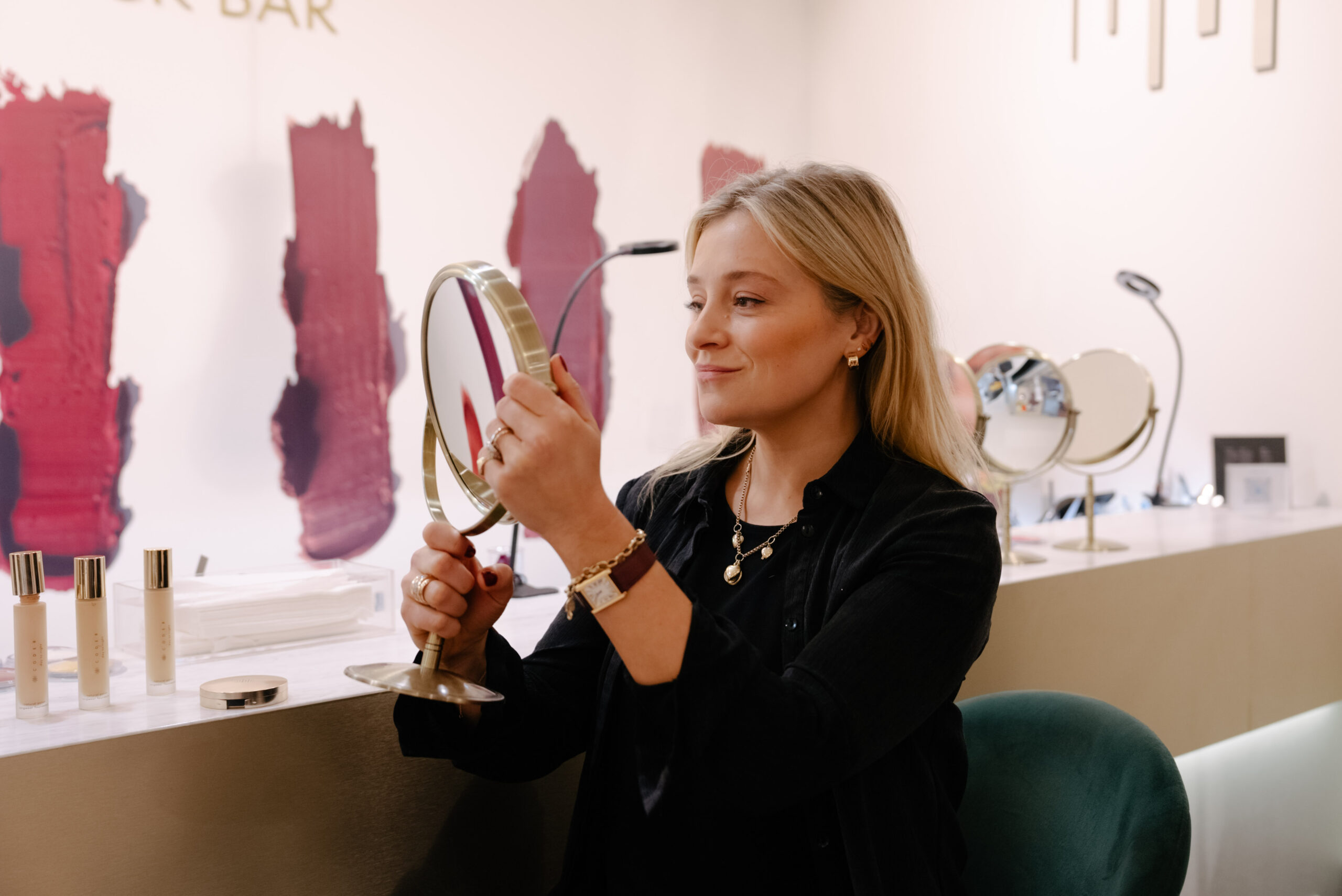 Code8: Beauty on Burlington Arcade
Code8: Beauty on Burlington ArcadeCome along Burlington Arcade with Hetty Lintell to visit beauty gurus Code8, and try their new Day To Night Foundation.
By Code8
-
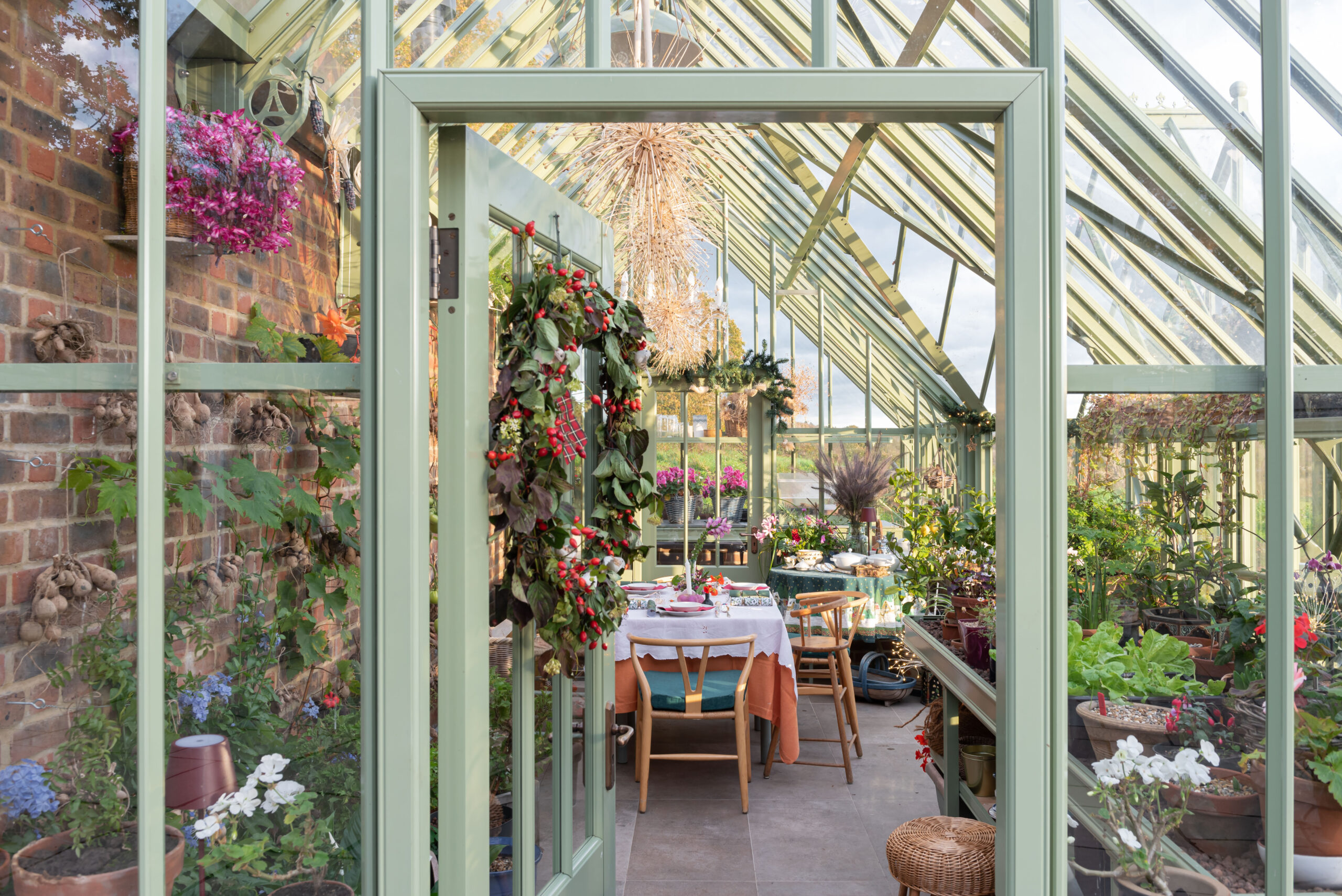 The gift of growing
The gift of growingEntirely built to suit your needs, a bespoke Alitex greenhouse not only helps you nurture flowers and vegetables, but also offers a tranquil retreat from the pressures of daily life.
By Alitex
-
 The ultimate Canadian train journey
The ultimate Canadian train journeyExperience the spectacular scenery of the Canadian Rockies onboard the luxury and top-tier service of Rocky Mountaineer.
By allantaylor
-
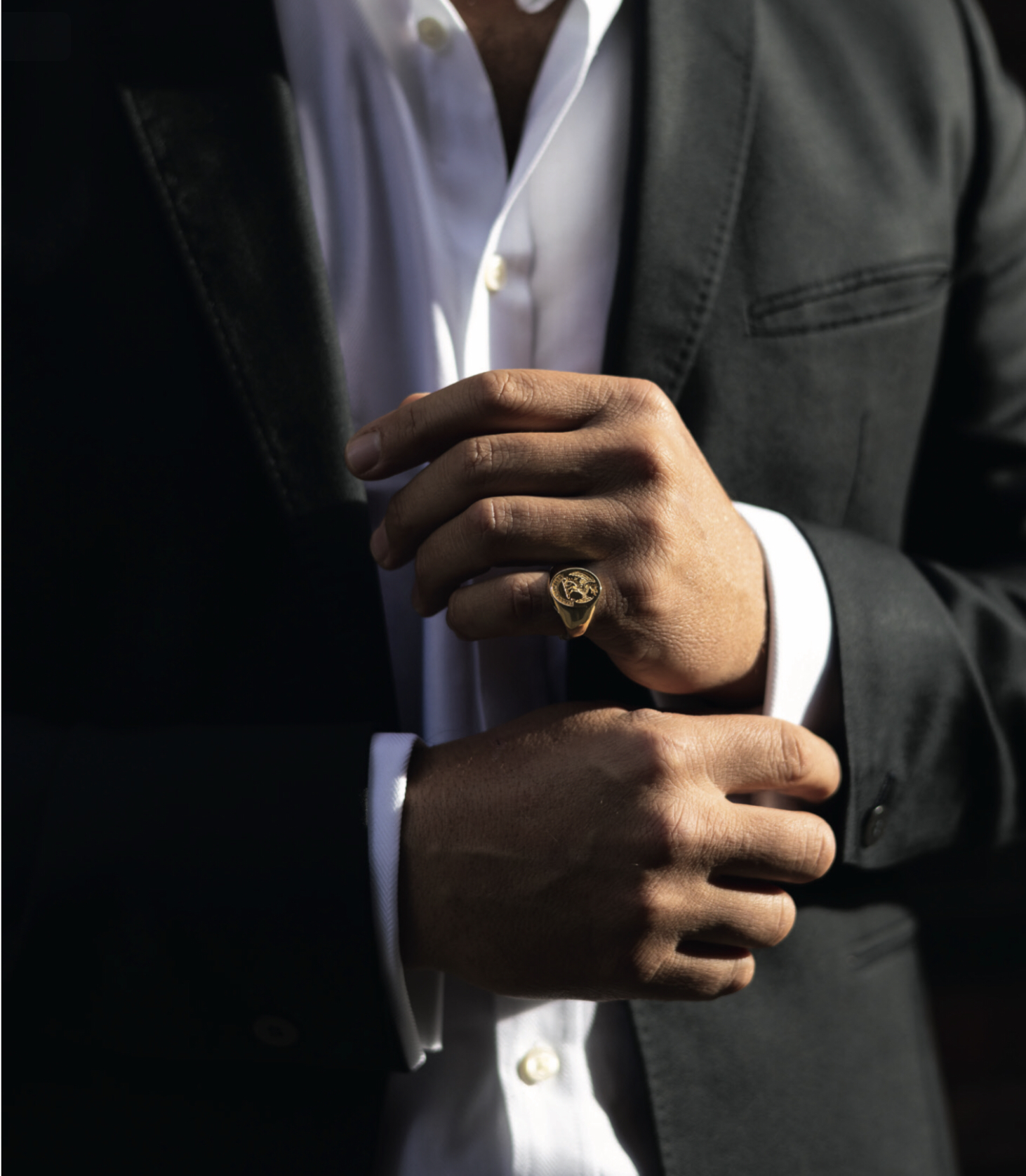 Diamonds are a man’s best friend
Diamonds are a man’s best friendMale interest in jewellery is on the rise, with gypsy and signet rings proving especially popular, according to renowned jeweller Hancocks.
By Hancocks London
-
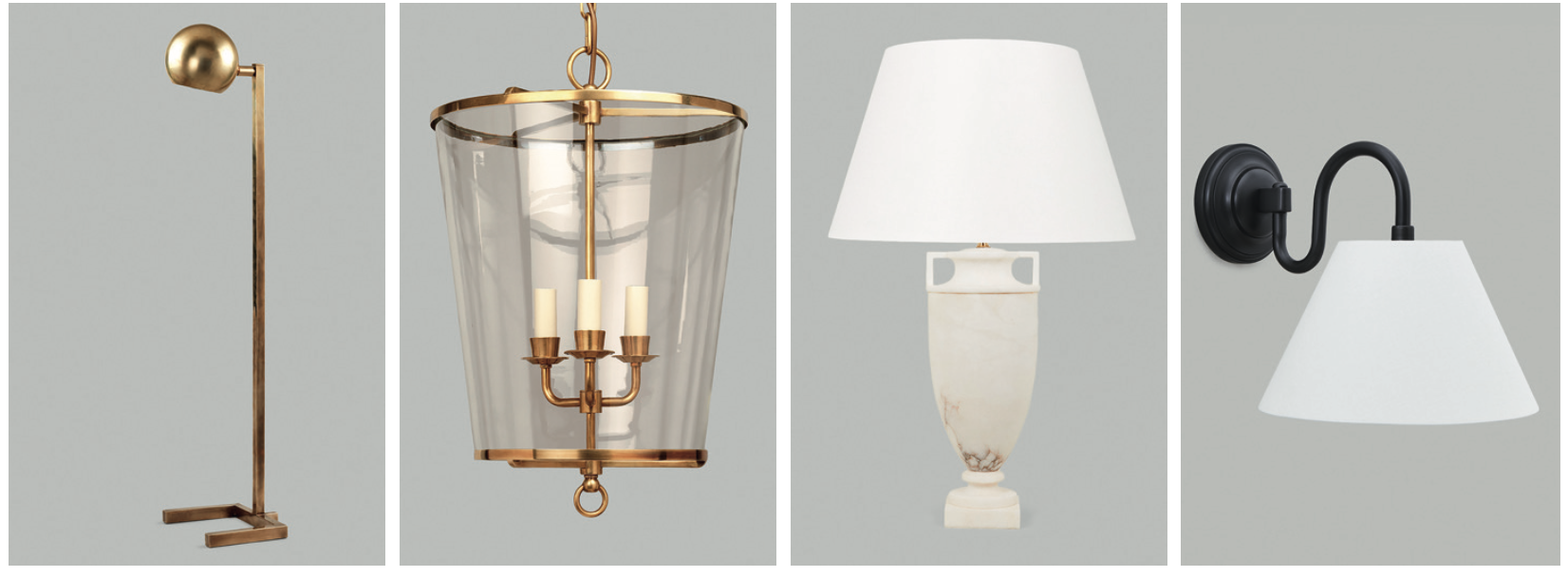 The Art of Lighting: Four of Britain's top designers share their best tips for choosing lighting
The Art of Lighting: Four of Britain's top designers share their best tips for choosing lightingAt a recent panel discussion hosted at Vaughan’s London showroom during Focus/24, interior designers Emma Pocock and Sarah Peake, lighting designer Jo Mann of Lighthouse Designs and Richard Smith of Vaughan shared their top 10 tips on choosing lighting.
By Vaughan
-
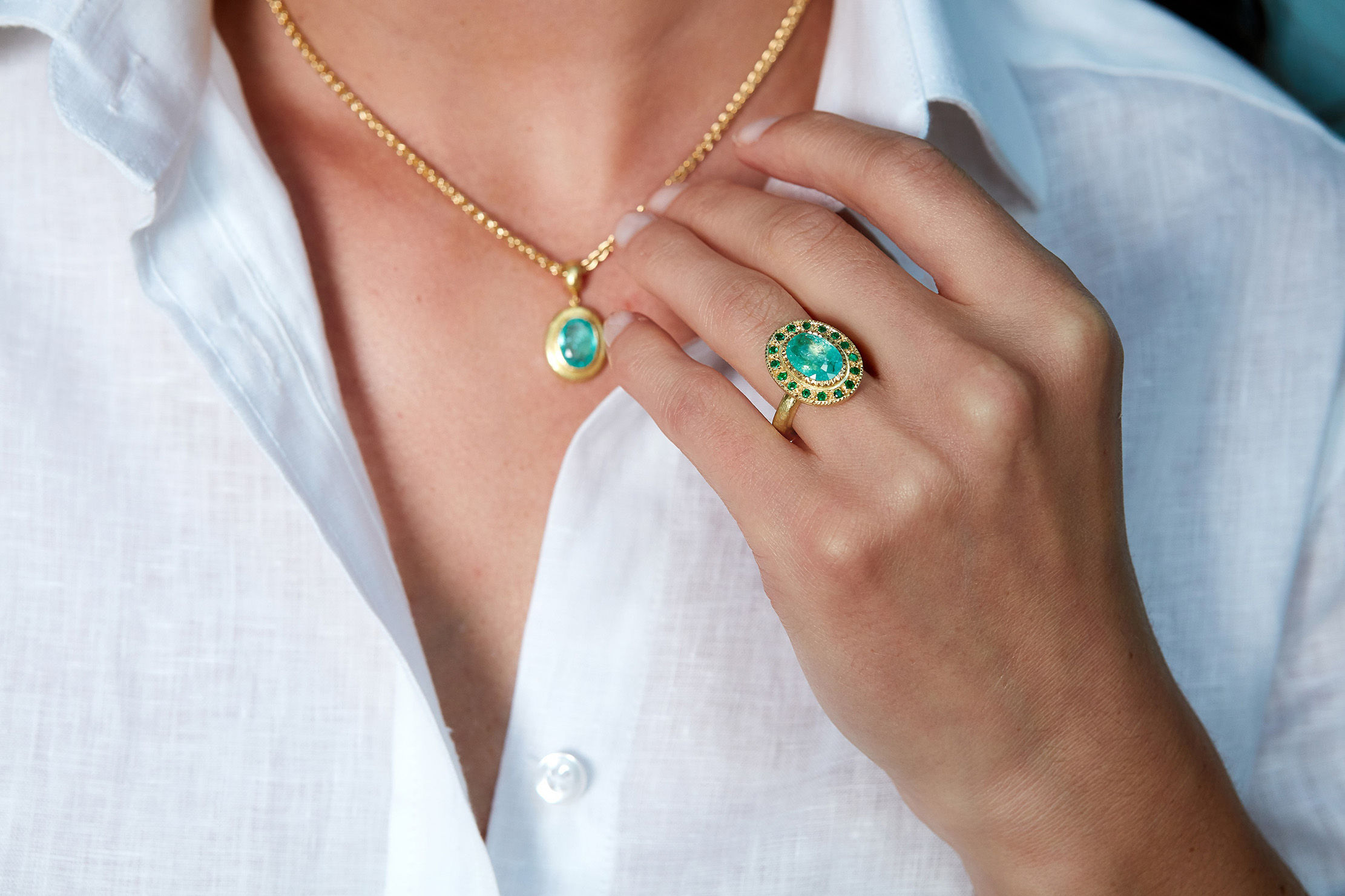 The beauty of bespoke: A journey with Julia Lloyd George
The beauty of bespoke: A journey with Julia Lloyd GeorgeGoing bespoke with Julia Lloyd George means getting not just a piece of jewellery, but a lifelong treasure.
By Julia Lloyd George
-
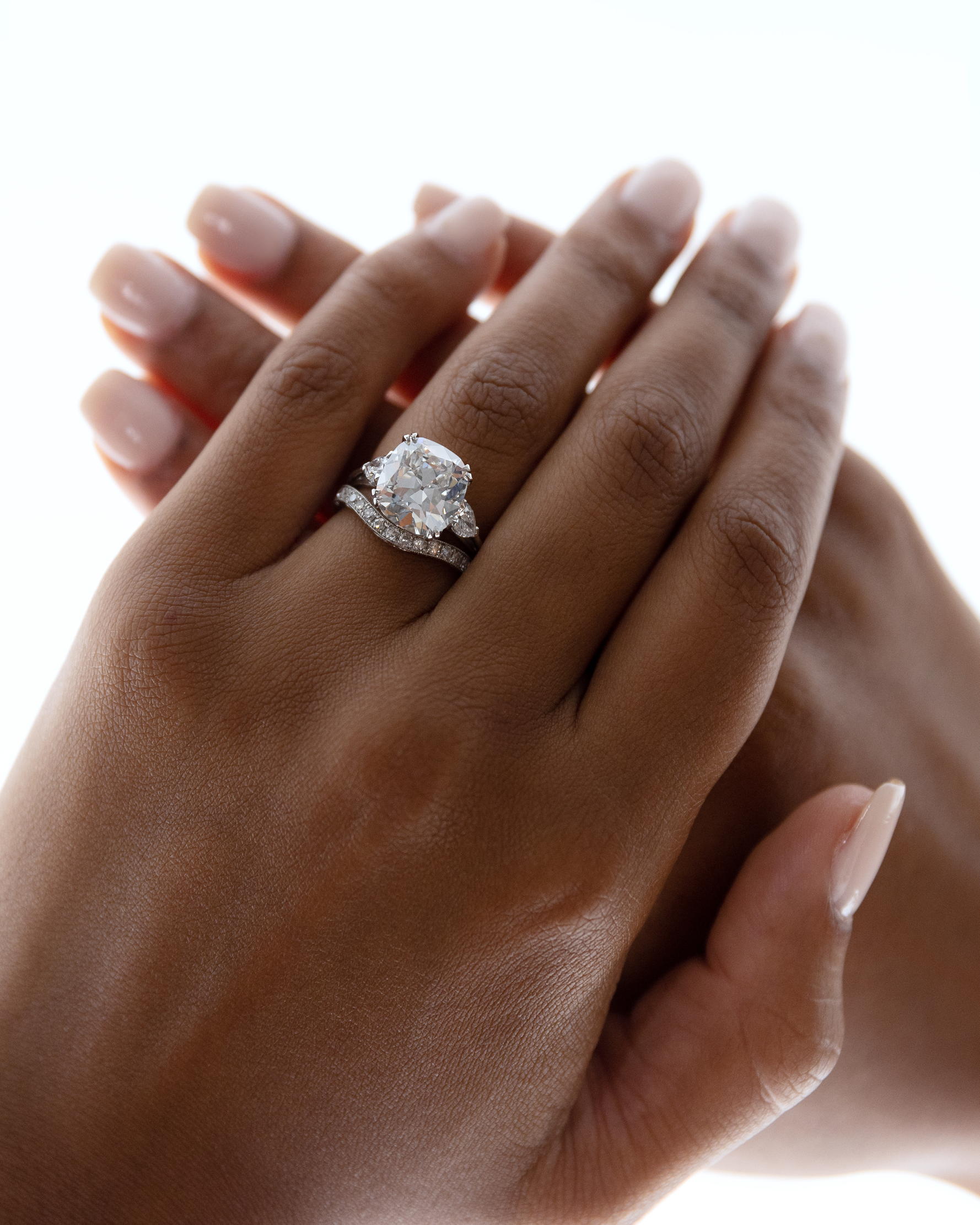 Hancocks: Sparkle of genius
Hancocks: Sparkle of geniusHistoric jewellery firm Hancocks, now in its new St James’s home, specialises in old-cut diamonds pieces that gleam and turn heads even in low light.
By Hancocks London
